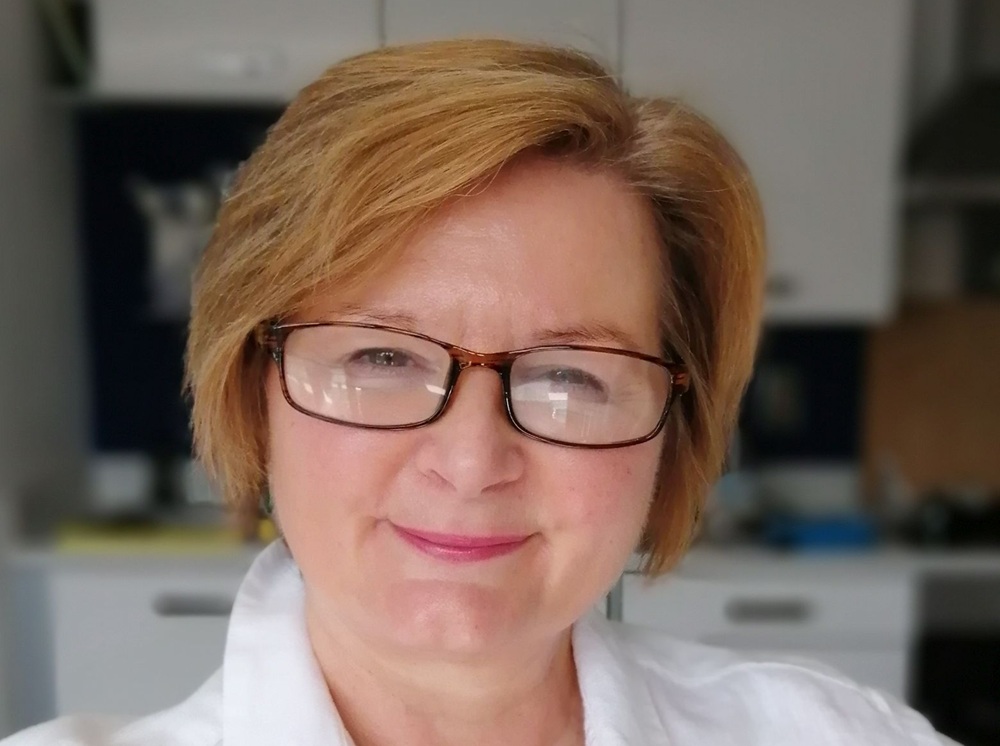 Historian Susan Karen Burton
Historian Susan Karen Burton
The rich ties between Wales and Japan have been celebrated with the official launch of historian Susan Karen Burton’s new book, Encounters with the Welsh in Japan.
The event, hosted by the Kansai St David’s Society in Osaka, took place ahead of a major cultural exchange festival in Osaka, where writers, artists, musicians and performers from both countries are sharing perspectives across borders and generations.
Burton, who has lived and lectured in Japan for much of her career, has long explored migration and identity.
Her latest oral history project, The Transplantable Roots of Catherine Huws Nagashima, documents the experiences of Welsh people who have made lives in Japan and, in turn, of Japanese people who forged connections with Wales.
Introducing the book at the launch, St David’s Society Japan president Ursula Bartlett Imadegawa highlighted its importance in preserving stories that might otherwise remain untold.
Many of the interviewees themselves attended the event.

The Woman Who Brings the Rain
Among the writers featured is Eluned Gramich, who studied Japanese on a Daiwa scholarship over a decade ago and later wrote the award-winning memoir The Woman Who Brings the Rain.
The title recalls her nickname in rural Japan, echoing both local folklore and the damp skies of her native Wales.
Another voice is Lord Gregory Mostyn, whose great-grandfather first travelled to Japan by ship in the early 20th century. Mostyn himself initially arrived as a student in 2006. “I wanted to leave after a few days,” he recalls in an essay due to be published by Nation Cymru at the weekend, “but my parents urged me to stay. Learning Japanese was the only way to survive day to day.”
He stayed, eventually conducting tours of his family home, Mostyn Hall, in Japanese.

The Japanese in Wales
Burton’s book also records the stories of Japanese citizens who lived in Wales and brought Welsh culture back home.
Chikako Hirono spent six months teaching in Cardiff, while Dr Takeshi Koike now teaches Welsh in Tokyo after first encountering the language on an exchange in Lampeter.
Former radio DJ Yūko Nakauchi studied media in Welsh at Lampeter, deepening cultural ties in unexpected ways.
Despite the economic shifts of the 1990s, with some factories closing, around 60 Japanese-owned companies remain in Wales. The cultural exchange continues to thrive, fuelled by personal connections such as those Burton documents.
What unites Wales and Japan?
According to Bartlett Imadegawa, it’s everything from communal singing and rugby to a shared sense of belonging. “The Japanese feel comfortable with the Welsh,” she said. “We’re both clannish, both passionate about culture, both rooted in the idea of community.”
 The book launch in Osaka
The book launch in Osaka
As the cultural exchange festival opens in Osaka, young Welsh artists such as Elin Gruffydd, whose photography memoir Sweet Melancholy explores place and identity, and researcher Catrin Menai are collaborating with Japanese photographer Hidetoshi Ochiai, who has documented Wales through his own lens.
Burton sees her book as part of this living dialogue: “For many of the interviewees, the seeds of interest in Japan were planted back home in Wales. For others, their time in Wales shaped the rest of their lives. These encounters continue to transform both countries.”
The projects form part of Wales Osaka 2025, supported by the Arts Council of Wales, British Council Wales and Wales Arts International.
The Transplantable Roots of Catherine Huws Nagashima is published by Parthian and can be purchased here.
Support our Nation today
For the price of a cup of coffee a month you can help us create an
independent, not-for-profit, national news service for the people of Wales, by
the people of Wales.

AloJapan.com